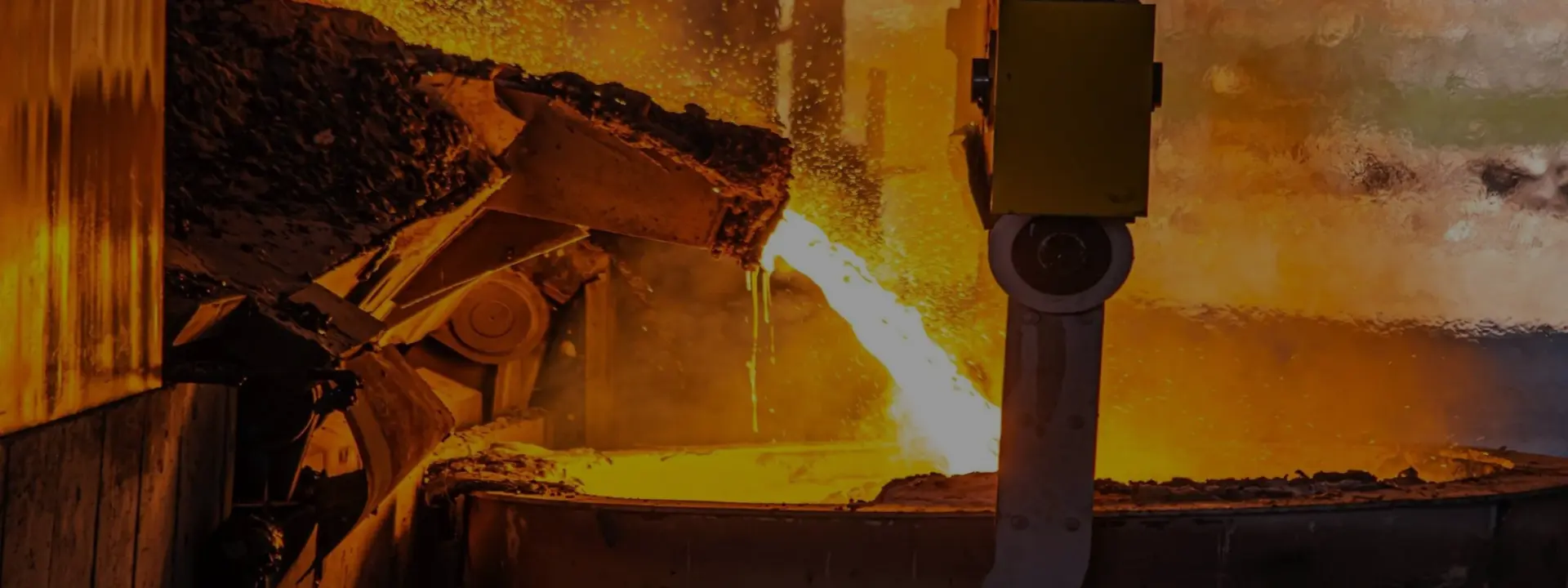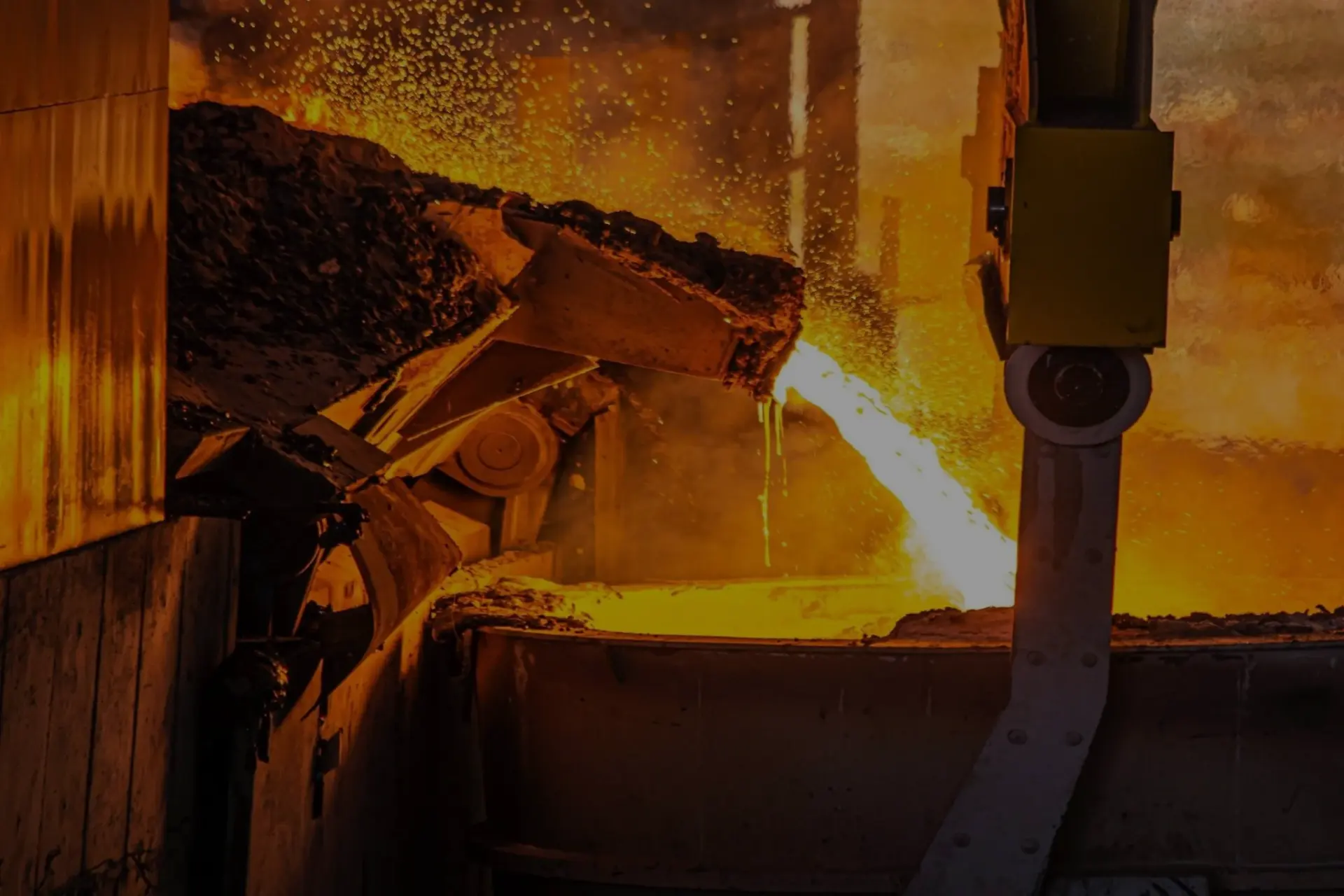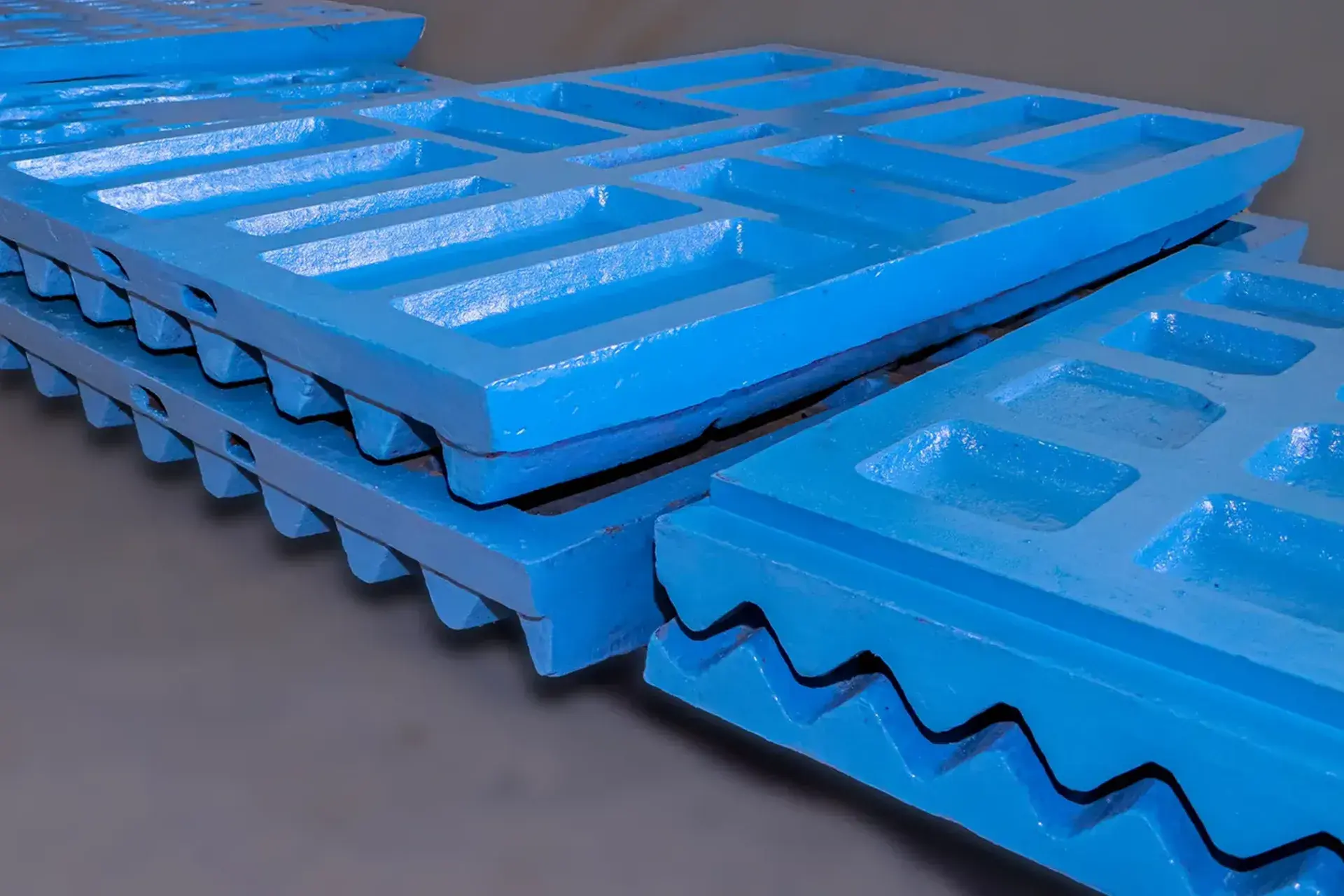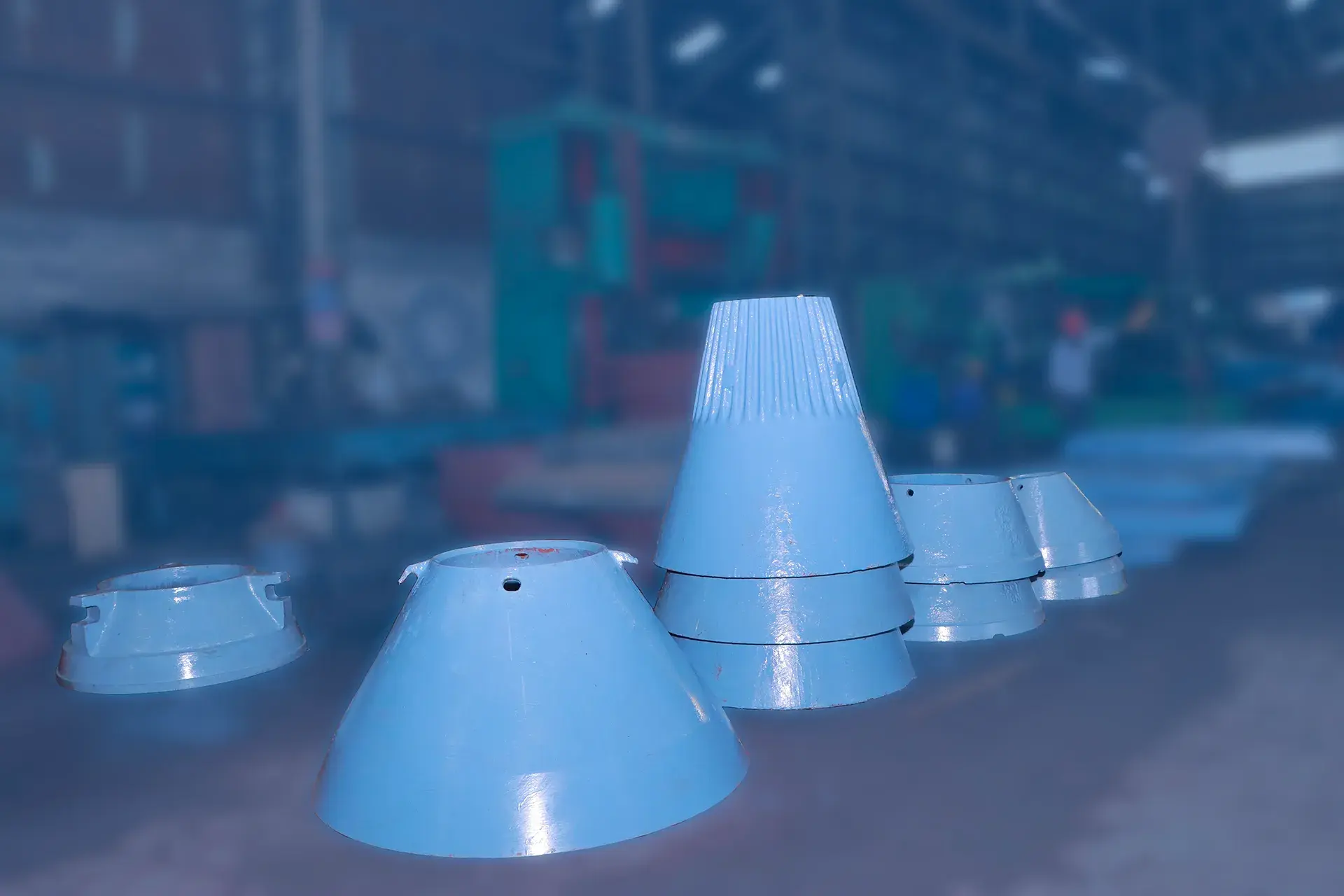The Future of Sustainable Manufacturing: Exploring Green Casting Techniques

Introduction
Green casting represents a transformative shift in manufacturing, aiming to minimize environmental impact through eco-friendly materials and processes. This approach is crucial for reducing the industry's carbon footprint and promoting sustainable development. Green casting not only benefits the environment but also offers economic and health advantages for manufacturers. This blog aims to educate readers on green casting techniques and their benefits, encouraging the adoption of sustainable practices in the industry.
Understanding Green Casting
Defining Green Casting: Green casting refers to manufacturing processes that prioritize sustainability by using eco-friendly materials and energy-efficient methods. Unlike traditional casting, which often relies on high-energy consumption and non-renewable resources, green casting aims to reduce environmental impact through innovative techniques.
Principles of Green Casting:
- Eco-Friendly Materials: Utilizing biodegradable sand molds and recycled materials to minimize waste.
- Energy Efficiency: Implementing processes that require less energy, thereby reducing carbon emissions.
Environmental Impact: Traditional casting methods contribute significantly to pollution and waste. Green casting offers a sustainable alternative by reducing emissions, conserving resources, and promoting the use of renewable materials.

Key Techniques in Green Casting
Biodegradable Sand Molds: Using biodegradable sand molds
helps reduce the environmental footprint of the casting process.
These molds decompose naturally, eliminating the need for waste
disposal.
Recycled Materials: Incorporating recycled materials into
the casting process minimizes waste and conserves natural
resources. This technique not only supports sustainability but
also reduces production costs.
Energy-Efficient Processes: Energy-efficient processes,
such as using renewable energy sources and advanced
manufacturing technologies, lower energy consumption and
emissions. For instance, electric arc furnaces powered by
renewable energy significantly reduce the carbon footprint
compared to traditional blast furnaces.
Case Studies: Several companies have successfully
implemented green casting techniques. For example, a foundry in
Germany reduced its energy consumption by 30% by switching to
electric arc furnaces and using recycled materials in its
casting process. Another case involved a U.S. manufacturer that
achieved zero waste by adopting biodegradable molds and
efficient waste recycling systems.
Benefits of Green Casting
Environmental Benefits: Green casting significantly
reduces the carbon footprint and minimizes waste, contributing
to a cleaner and more sustainable environment. By using
eco-friendly materials and processes, manufacturers can help
mitigate the effects of climate change.
Economic Advantages: Green casting offers cost savings
through reduced energy consumption and material reuse. Companies
can also benefit from potential tax incentives and grants for
adopting sustainable practices.
Workplace Safety and Health: Implementing green casting
techniques improves workplace safety and health by reducing
exposure to hazardous materials and pollutants. This leads to a
safer working environment and can decrease health-related costs
for employers.
Challenges and Solutions in Green Casting
Practical Solutions:
- Investment in Technology: Investing in advanced technologies and equipment can help overcome initial cost barriers and improve efficiency.
- Training and Education: Providing training and resources to employees can facilitate the transition to green casting methods.
- Collaboration: Partnering with other companies and industry bodies can promote knowledge sharing and innovation.
Role of Technological Advancements: Technological advancements, such as AI-driven monitoring systems and advanced recycling techniques, play a crucial role in addressing the challenges of green casting. Innovations in material science and manufacturing processes continue to drive the industry towards more sustainable practices.
The Future of Green Casting
Future Trends: The future of green casting looks
promising, with ongoing research and development focused on
improving sustainability and efficiency. Emerging technologies,
such as 3D printing and nanomaterials, are expected to
revolutionize the industry.
Industry Standards: As awareness of environmental issues
grows, green casting is likely to become the standard in
manufacturing. Industry standards and regulations will
increasingly emphasize sustainability, driving more companies to
adopt eco-friendly practices.
Ongoing Research and Initiatives: Research institutions
and industry organizations are actively exploring new green
casting methods and materials. Initiatives aimed at reducing the
environmental impact of manufacturing processes are gaining
momentum, paving the way for a more sustainable future.
Conclusion
Green casting techniques offer a sustainable alternative to traditional casting methods, providing significant environmental, economic, and health benefits. By adopting these techniques, manufacturers can reduce their carbon footprint, lower production costs, and create safer workplaces. The future of green casting is bright, with ongoing research and technological advancements promising even greater improvements in sustainability.
If you're interested in learning more about green casting or need assistance implementing these techniques in your manufacturing process, contact Wear Steels Pvt Ltd today. Reach out to our team for expert advice and support.
Latest Blogs

Effective Maintenance of Jaw Plates in Jaw Crushers: Essential Tips and Practices
Jaw crushers are indispensable equipment in the mining and construction industries, known for their role in reducing large rocks into smaller, more manageable sizes. Central to the functionality of these powerful ....

Effective Tips to Extend the Life Cycle of Cone Liners in Cone Crushers
Cone crushers play a vital role in the mining and aggregate industries by reducing large rocks into smaller, more manageable sizes for further processing. At the heart of these machines are cone liners, which endure the brunt of ....

The Future of Sustainable Manufacturing: Exploring Green Casting Techniques
Green casting represents a transformative shift in manufacturing, aiming to minimize environmental impact through eco-friendly materials and processes. This approach is crucial for reducing the industry's ....
Download our brochure to view our product portflio!

We're here to help
Fill out the form to reach us!